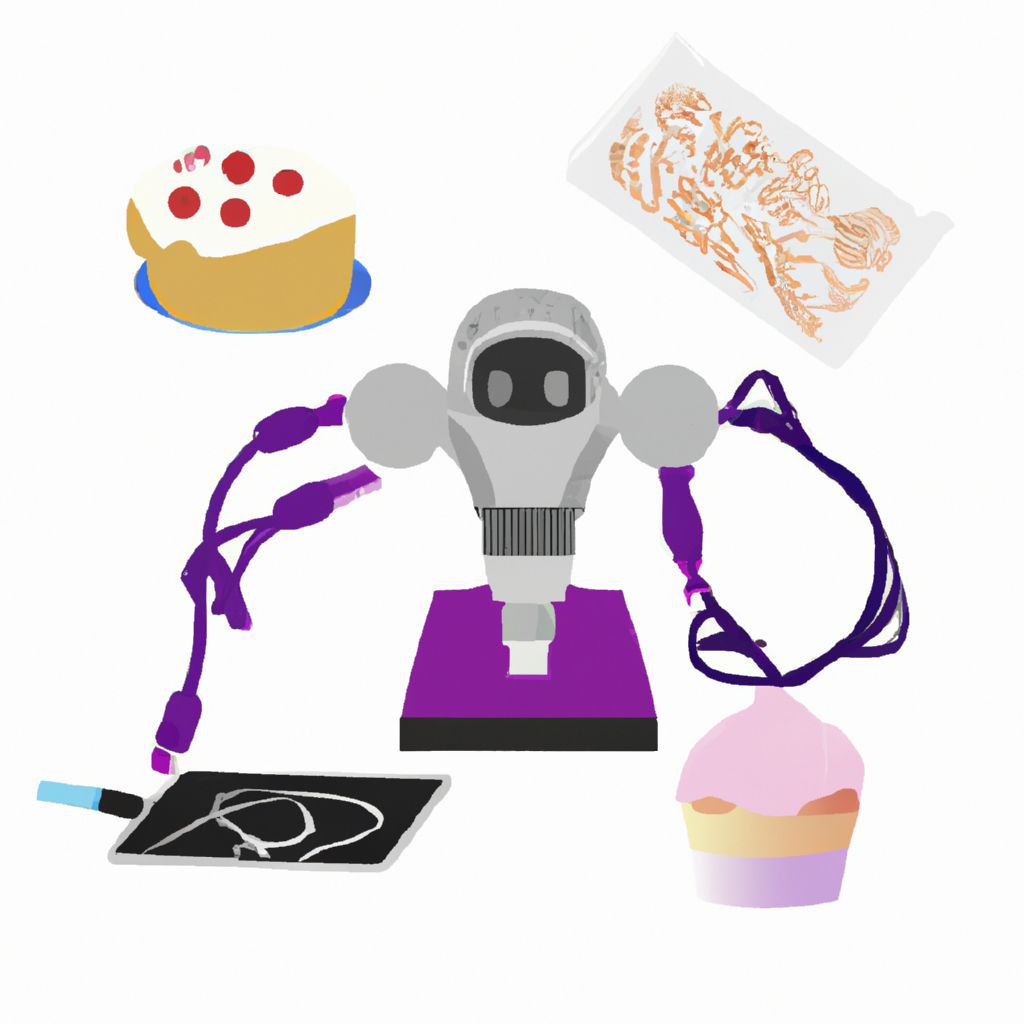The art of baking is a complex science that requires precision, understanding, and skill. Whether you're a novice baker or an expert pastry chef, understanding the science behind baking can revolutionize your approach and elevate your creations. So, let's delve into the fascinating world of the science of baking and explore how you can master the art of pastry.
The Chemistry Behind Baking
Have you ever wondered why a cake rises in the oven or why your bread dough expands after a few hours? It's all due to the magic of chemistry. Baking is essentially a series of chemical reactions that transform raw ingredients into delicious treats.
"Baking is both an art and a science" – Sherry Yard, renowned American pastry chef.
Let's start with the basics. The fundamental ingredients in most baked goods are flour, sugar, fats (like butter or oil), a leavening agent (like yeast or baking powder), eggs, and a liquid (usually milk or water).

The Role of Each Ingredient
Each ingredient has a specific role to play:
- Flour: It provides structure to the baked goods. The protein in flour forms gluten when it comes into contact with water, giving elasticity and strength to the dough.
- Sugar: Apart from sweetening, sugar also contributes to the browning and moisture of the pastry. It's also important in yeast fermentation.
- Fats: Fats like butter or oil tenderize the product by shortening gluten strands and adding moisture. They also add flavor.
- Leavening agents: These are responsible for making the pastry rise. They release gases that expand during baking, creating airy and light pastries.
- Eggs: Eggs provide structure, leavening, and flavor. They also contribute to the color of the baked good.
- Liquids: They hydrate the flour and other dry ingredients, activating the leavening agent and developing the gluten.
Mastering Baking Techniques
Beyond understanding the role of each ingredient, it's also crucial to master certain baking techniques. Some of these include:
- Mixing: The way you combine your ingredients can affect the final product. Over-mixing can lead to a tough pastry while under-mixing can result in an uneven texture.
- Kneading: This technique develops the gluten in the dough, essential for bread and certain pastries. It requires a firm and rhythmic push-fold-turn action.
- Folding: This is used when you want to combine ingredients without knocking out air. It's a gentle technique often used when adding whisked egg whites to a mixture.
- Tempering: This involves slowly adding a hot liquid to a cold one to prevent the mixture from curdling. It's used when making custards or similar recipes.

Temperature and Baking
Temperature plays a vital role in baking. The heat of the oven causes the water in the dough to evaporate, the fats to melt, and the sugars to caramelize, leading to the delicious flavors and textures we love in baked goods.
Here's a simple chart showcasing the baking temperatures for different pastries:
| Pastry | Baking Temperature |
|---|---|
| Cookies | 350°F (175°C) |
| Cakes | 325°F (165°C) |
| Bread | 375°F (190°C) |
| Pies | 425°F (220°C) |
Remember, every oven is different, so these temperatures may vary. Always check your pastries for doneness by inserting a toothpick into the center. If it comes out clean, your pastry is done.
Conclusion
Mastering the art of baking involves understanding the science behind it. By knowing the role of each ingredient and mastering basic baking techniques, you can take your baking skills to the next level. So, don your apron and start experimenting!


